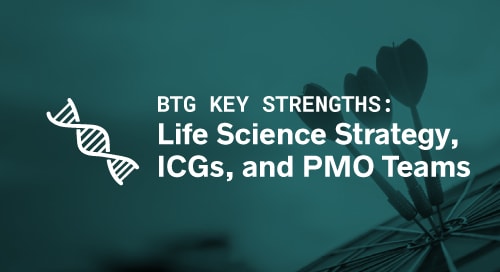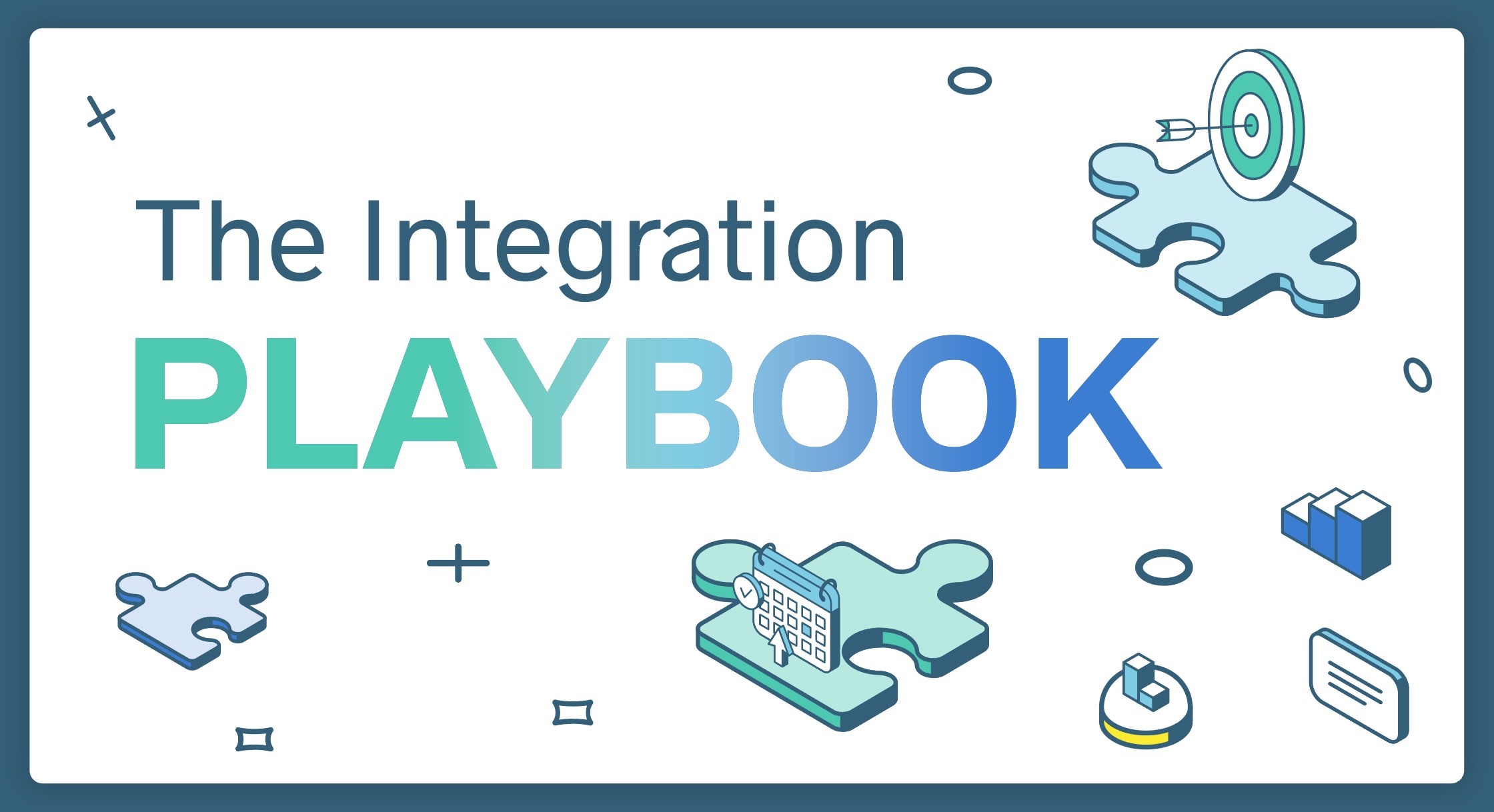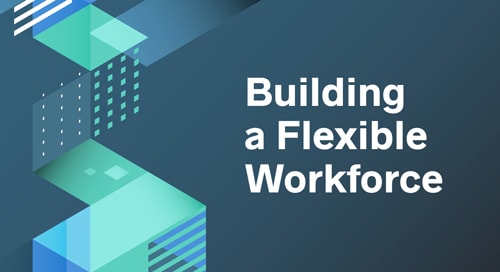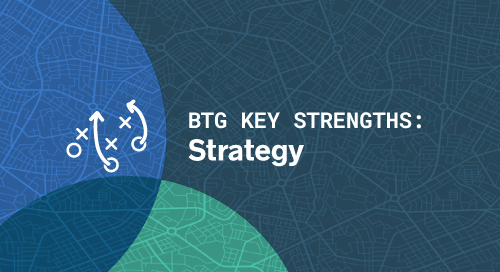
It’s hard to understate the importance of getting the right people in the right roles at the right time. Yet strategic workforce planning—the process that evolved in the 1960s and ‘70s to help organizations do just that—was historically dismissed as an ineffectual bureaucratic exercise.
Now, thanks to increased interest in organizational agility, ever-tightening labor markets, and a shift in how top talent want to work, strategic workforce planning has emerged as a critical way for business leaders to make sure they can deliver on broader business goals.
Just what is strategic workforce planning, and why it is important? Read the latest piece in our Behind the Buzzword series to find out.
What is strategic workforce planning?
Strategic workforce planning proactively maps business and people strategies so that they work in tandem. The process brings together HR, finance, operations, and business unit leaders and aims to anticipate—and address—an organization’s future skills gaps and resourcing needs.
Why is it important?
Workforce needs change rapidly. In fact, most executives believe that at least one in five roles at their company will cease to exist by 2022. Organizations that have a process in place for anticipating and assessing those changes will be better equipped to deal with them. The strategic workforce planning process aims to analyze not just the number of resources you’ll need to execute on business strategies, but the precise skills and capabilities required.
And it’s not just about the future. Today’s executives often need help with complex, fast-turnaround projects. Many go around HR to tackle them. But when HR gets involved, they can help leaders improve fit for purpose and take advantage of all the resources that are available.
Why should organizations include external talent in their workforce plans?
By now, HR leaders know they must often look beyond the organization’s own walls to source the very best talent. They also understand that many of today’s top knowledge workers aren’t interested in permanent roles, but prefer to work independently, on a project basis.
And they know that, to stay agile and adapt to future, they need to integrate these workers into a comprehensive talent strategy that outlines which skills they will build, buy, and borrow.
Organizations often struggle to integrate independent talent into their company culture. Yet as workers become independent, they grow pickier about where they work, what they work on, and who they work with. Companies that have figured out how to make independent talent comfortable and effective thus have a huge competitive advantage over those that have not focused on this area and don’t know how to make it work.
What’s the best place to start?
The strategic workforce planning process will be different for each company. Yet there are some common features and steps:
- Define your needs. Ask senior leaders to precisely define what they need to accomplish in the next 3 – 5 years and what skills they’ll need to get there.
- Evaluate your staff. What capabilities do you already have, and what might you need to bring in from the outside? What resources are available on the independent market, and what business goals best lend themselves to project work?
- Understand your constraints. One of the most powerful benefits of strategic workforce planning is the ability to model different market scenarios and how your organization might address them.
- Establish an action plan. Create a detailed plan that outlines the skills you need and how you plan to source them—then link that plan back to the broader business strategy so that everyone understands what’s at stake.
- Rinse and repeat. Business goals and strategies evolve, and so will your workforce plans. Set a regular cadence for evaluating and adjusting both in tandem.
Done well, strategic workforce planning creates a virtuous cycle in which business leaders enjoy a frictionless pipeline of talent to execute their strategies, and HR can easily anticipate and address future resourcing needs.
GET THE SKILLS YOU NEED
Thousands of independent consultants, subject matter experts, project managers, and interim executives are ready to help address your biggest business opportunities.
About the Author
More Content by Leah Hoffmann





















